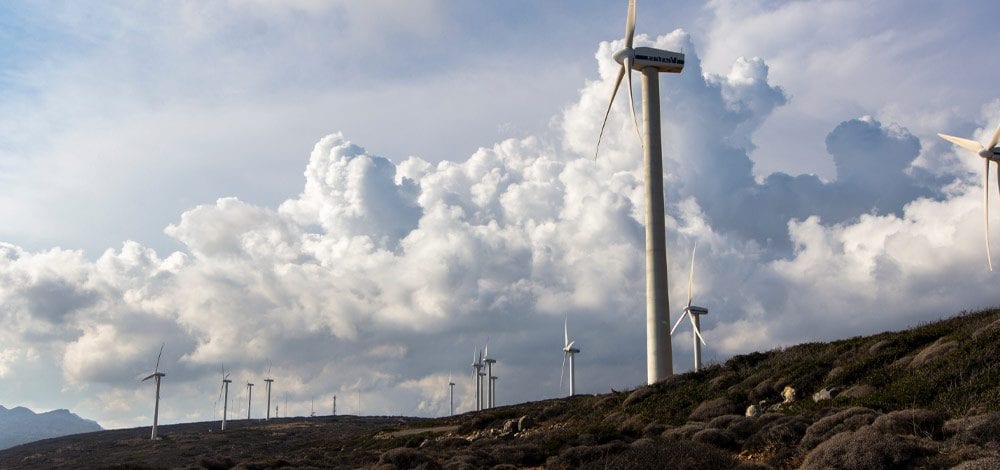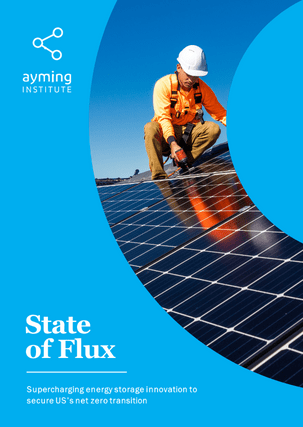For decades, the global energy sector has been in a state of flux, but the direction in which investment is surging has become increasingly clear; electrification, the switchover to renewable energy and accelerating innovation in clean energy technologies.
Sustainability – given the trans-national imperative to curb climate change – is the overriding force propelling the trends discussed in this review of the energy sector. While fossil fuels will be consumed for decades to come. But crucially, the economic tide is turning in favor of sustainability and low-carbon energy. Waves of renewable energy are swelling in the wake of the oil and coal super-tankers that have fueled development since the industrial revolution.
After years of public subsidy and support for alternatives to fossil fuels, renewables producers are scaling up, their technologies are improving, and costs of production are falling. It is this bottom line that will power the accelerating transition of energy systems in both developed and developing countries.
The future looks renewable
Established wind and solar energy providers have already begun providing cheaper energy than fossil fuel power stations. Within a few years, the investment case will tilt decisively as new-build wind and solar farms become cost-competitive with the incumbent power plants in many countries. The world’s electricity system will move from two-thirds of fossil fuels in 2018 to two-thirds zero-carbon energy by 2050, according to New Energy Outlook. Of the $13.3trn to be invested in new power generation over these coming three decades, 77% will go into renewables.
That global prediction agglomerates a multitude of local trends and varying speeds of transition in different territories. Coal will continue growing in Asia – notably China, India, and Southeast Asia – beyond this fuel’s global peak in 2026. Cheap natural gas will drive coal out of the energy mix in the US, as global gas generating capacity doubles by 2050. In the UK, the coal-to-gas conversion will also accelerate its phase-out ahead of the official 2030 target, before the offshore and onshore wind, and solar, backed up by batteries, dominate the electricity market – rising from two-thirds to some 87% in the two decades to 2050. The transformation of energy systems goes furthest and fastest in Europe.
“By 2040 renewables makeup 90% of the electricity mix in Europe, with wind and solar accounting for 80%,”
New Energy Outlook
Sustainability is not just about the energy source
Other powerful forces are also at work, shaping energy markets and determining how we power our industries, heat our buildings, and fuel our vehicles.
- Rising demand: Both economic and population growth are energy-hungry. Global energy demand picked up in 2017 to 2.2% from its 10-year average of 1.7% as OECD economies grew more quickly. Yet the developing world accounted for nearly 80% of the extra energy consumed. Cheap coal and oil, where it’s available, will continue to fuel these countries’ growth unless and until they get favorable access to the West’s clean energy technologies.
- Investing in efficiency: Energy efficiency will continue to be a major focus of investment and innovation. Since the 1970s, the International Energy Agency estimates that 11 of its member states had saved 1.4bn tonnes of oil, worth $743bn. Annual investment worldwide in all kinds of efficiency measures exceeds $220bn and is growing.
- Decoupling energy and growth: The hope is that reducing the energy intensity of economies can more than offset the demand from growing populations and rising income levels. The shift in consumption from goods to services, which are less energy-intensive, is a major factor.
- Digitalization: Digitalization and smart technologies can also help streamline energy use. Corporate investment in new energy technology companies is growing strongly, reaching $6bn, its highest level ever, in 2017. More generally, smart meters and grids, connectivity through the Internet of Things, and other digital solutions need to contribute.
- Electrifying speed: The shift to electric vehicles will accelerate the electrification of energy systems. In the UK, charging the road fleet will consume almost a quarter of all electricity used by 2050. Cooling and heating buildings will also contribute to a doubling of global electricity demand by 2050. For only the second year running, the electricity sector attracted more investment in 2017 than oil and gas.
However, if even the most optimistic predictions for decarbonizing the energy system are achieved, along with de-intensifying demand, all this may not be enough. Carbon emissions from energy are expected to peak in the mid-2020s before beginning to take a downward trajectory. The continuing build-up in the atmosphere looks set to push global temperatures beyond the 1.5/2-degree thresholds set by the 2015 Paris Agreement. The environment and social costs are expected to be colossal, as will the financial impacts on countries around the world. Therefore, there is a highlighted interest in how technological trends will play a significant role. So the stakes could not be higher as we transition to decarbonized energy systems, and these technology trends play a growing and vital part.
For more trends in food and beverage, download your copy of “Reduce, Reuse, Store, and Recycle” here:











No Comments